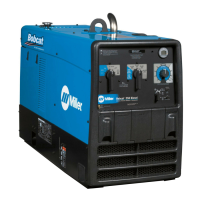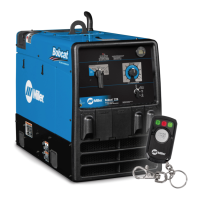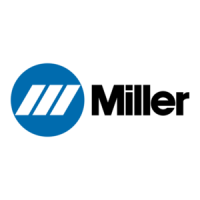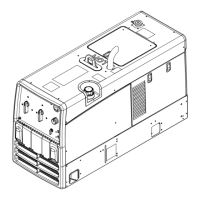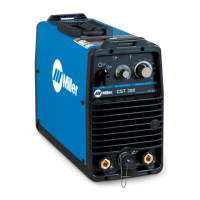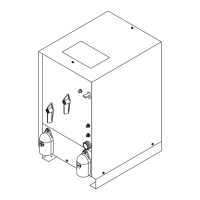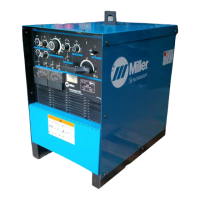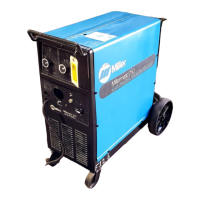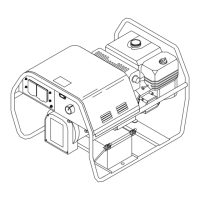What to do if there is no weld output or generator power output on my Miller Electric Welding System?
- DDerrick MartinezAug 15, 2025
If your Miller Electric Welding System has no weld output or generator power output at the AC receptacles, ensure all equipment is disconnected from the receptacles when starting the unit. Also, check fuses F1 and F2, and replace them if they are open. Verify the connection of plug PLG6.
